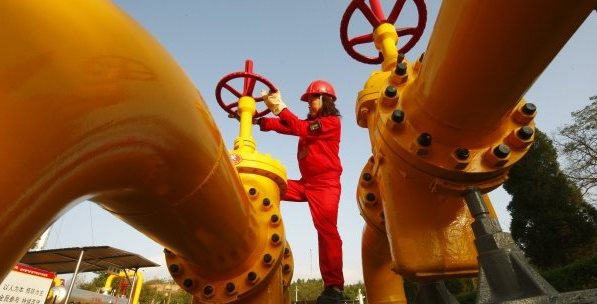As we enter the year 2015, concerns about the global economic slowdown and the potential impact of the Federal Reserve’s decision to increase interest rates during the year dominate the global agenda. In particular, emerging markets try hard to devise new macroeconomic measures to slow down the mass exodus of foreign funds by strengthening their domestic fundamentals and devising new sweeteners for investors. Turkey is certainly not an exception to this universal trend. Last week, Prime Minister Professor Ahmet Davutoğlu announced the second installment of the “structural adjustment action plan” that is expected to revitalize Turkey’s endogenous growth dynamics. The most critical elements among the announced measures were incentives to promote domestic household savings, extra taxes to curb luxury consumption, measures to further decrease public spending and new incentives to stimulate industrial-technological upgrades in the real economy.
Turkey successfully diverged from some of the emerging markets over the course of recent years thanks to prudent macroeconomic policies, fiscal discipline and low public debt requirements. These macro level fundamentals, along with the strength of the banking and financial sectors, constituted a solid protective barrier against fluctuations in international markets and external shocks. However, as the whole world economy struggles to maintain high growth rates and global demand shrinks across the board with the crucial exception of the U.S. market, there is a widespread search to discover new growth dynamics. In the case of emerging markets such as Turkey, these new growth dynamics are expected to come from endogenous capacities that will be mobilized via more efficient use of natural, human and financial resources to generate a productive economy. In other words, the “ecosystems” in which investment decisions are made are being subjected to radical revamps so as to direct domestic and international investors into more productive areas in line with comprehensive structural transformation strategies.
Turkey’s structural adjustment action plan is a highly valuable roadmap in that respect. But its real value could only be unleashed through the formation of effective public-private partnerships to upgrade the industrial and technological capacities of major economic sectors. In that sense, the development of public-private partnership (PPP) projects in the health sector aimed at the foundation of massive City Hospitals equipped with modern medical infrastructure is a crucial example. Similar PPP projects are also to be expected, especially in intermediary goods production, to reduce the current account deficit and research-based sectors to stimulate local research and development. Given the sensitive global economic conjuncture, adoption of proactive state policies has become a must for both established and emerging powers, rather than a luxury that could wait for a rainy day. Even the United States has resorted to active industrial-technological policies to repatriate the production facilities of some of its crucial corporations from the developing world thanks to declining energy bills due to shale gas technology and various sweeteners offered by federal and state administrations. The recent jump in economic growth in the U.S. was to a large extent a result of this deliberate and long-term industrial policy, along with the shifting atmosphere in financial markets.
Turkey has to operationalize the structural transformation package in a similar way to mobilize unused or misused national capacities for economic growth and wider development. These capacities include the vast agricultural capacity that is underutilized due to problems of physical infrastructure, irrigation, dated farming techniques and divided land ownership. Moreover, traditional industrial sectors such as machinery have been suffering from a lack of technological upgrading and shifting of investment resources to construction and service sectors, which shall be corrected with a smart incentive struct

